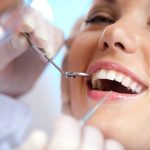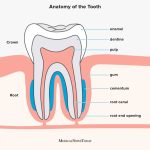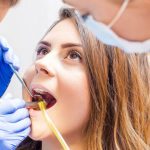5 Surprising Oral Hygiene Alternatives: How to Brush Your Teeth Without a Toothbrush
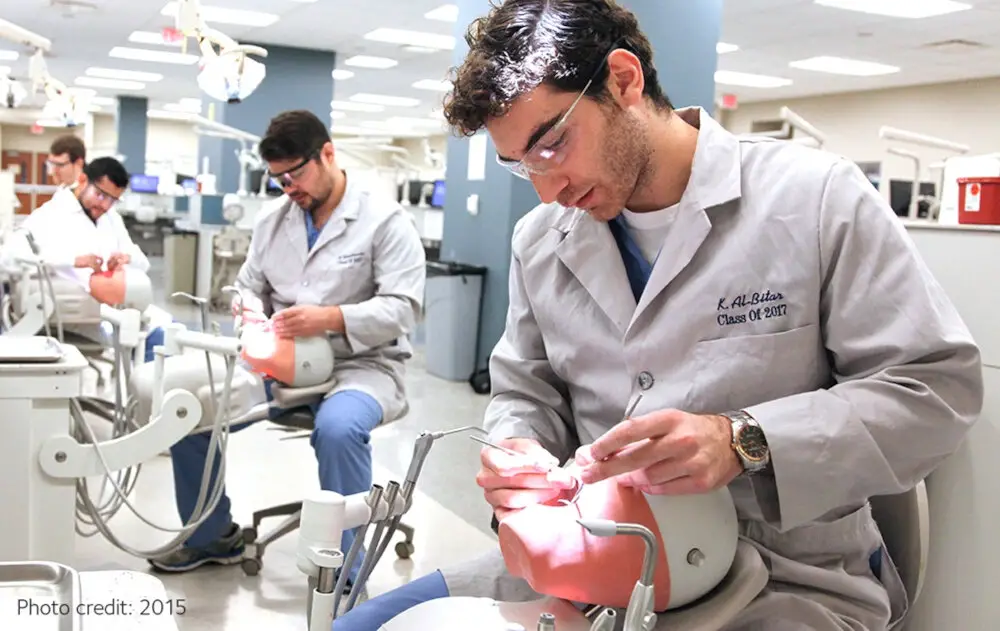
Oral hygiene is an essential aspect of maintaining good health. Brushing your teeth twice a day is considered the gold standard for maintaining healthy teeth and gums. However, there may be situations where you find yourself without access to a toothbrush. Maybe you’re camping in the wilderness, or you forgot your toothbrush on a weekend trip. Whatever the reason may be, it’s important to know that there are alternatives to brushing your teeth with a toothbrush. In this article, we will explore five surprising oral hygiene alternatives that can help you maintain a healthy mouth, even when you don’t have access to a toothbrush. First, we will look at the benefits of chewing gum as an oral hygiene alternative. Chewing gum helps to stimulate saliva production, which can help to wash away food particles and bacteria from the mouth. We will explore the types of gum that are best for oral hygiene and how to use them effectively. Next, we will discuss the benefits of using a tongue scraper. A tongue scraper is an effective tool for removing bacteria and debris from the tongue, which can help to prevent bad breath and improve overall oral health. We will discuss how to use a tongue scraper and the benefits of incorporating this tool into your oral hygiene routine.
A toothbrush is a common tool for maintaining oral hygiene, but it may not always be available. There are various reasons for this, such as forgetting to pack it while traveling, losing it, or simply not having access to it in certain situations. For instance, when camping, hiking, or in a situation where there is no running water or electricity, a toothbrush may not be practical. In such cases, using alternative methods to clean the teeth and gums can help maintain oral hygiene. These surprising alternatives include chewing gum, using a tongue scraper, oil pulling, using baking soda, and even using a clean cloth or finger to manually clean the teeth.
Oral hygiene is crucial for maintaining good health and preventing several dental issues such as bad breath, gum disease, and tooth decay. Neglecting oral hygiene can lead to the accumulation of plaque, which can cause cavities and gum inflammation. Therefore, it is essential to practice good oral hygiene by brushing your teeth twice a day, flossing regularly, and using mouthwash. However, there may be situations where you don’t have access to a toothbrush. In such cases, there are alternative methods that can be used to clean your teeth, such as chewing sugarless gum or eating crunchy vegetables. These methods can help remove food particles and bacteria from your mouth, promoting oral hygiene and overall health.
Oil Pulling
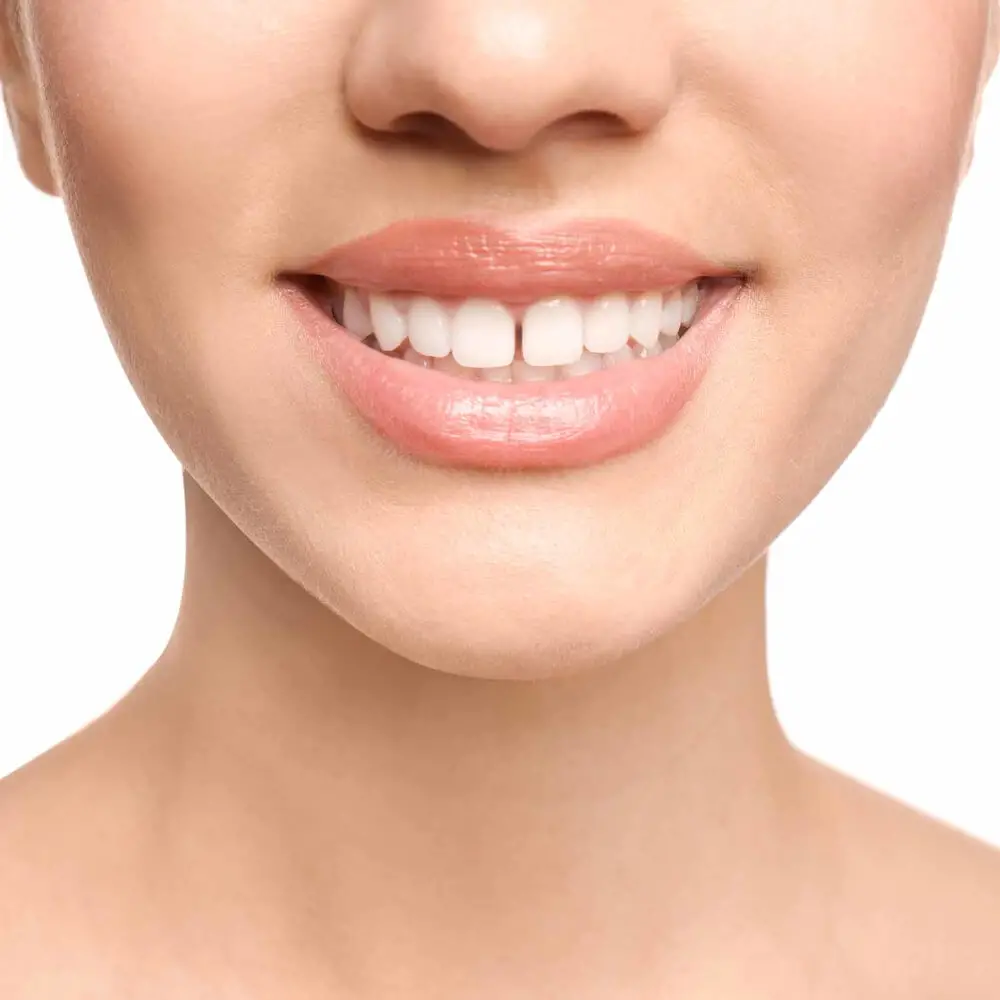
Oil pulling is an ancient Ayurvedic practice that has gained popularity in recent years as a natural alternative to traditional oral hygiene methods. The process involves swishing a tablespoon of oil, typically coconut or sesame oil, in the mouth for 20 minutes before spitting it out. The idea behind oil pulling is that the oil pulls bacteria and toxins out of the mouth, resulting in fresher breath, whiter teeth, and healthier gums. Some people also claim that oil pulling can help with other health issues, such as headaches and sinus congestion. While there is limited scientific evidence to support the benefits of oil pulling, many people swear by its effectiveness. Some dentists even recommend it as a complementary therapy to traditional brushing and flossing. However, it’s important to note that oil pulling should not replace regular oral hygiene practices. It may be a helpful addition, but it’s not a substitute for brushing and flossing regularly. Additionally, it’s important to choose a high-quality oil and to spit it out in the trash, rather than in the sink, to avoid clogging the pipes.
Oil pulling is an ancient oral hygiene technique that involves swishing oil in your mouth for 10-20 minutes before spitting it out. The oil used for this purpose is typically coconut oil or sesame oil. The process of oil pulling is believed to help remove harmful bacteria and toxins from the mouth, promoting oral health and preventing bad breath. To perform oil pulling, simply put a tablespoon of oil in your mouth and swish it around for the recommended time. It’s important not to swallow the oil, as it may contain harmful bacteria and other toxins. After swishing, spit the oil out into a trash can, as it can clog drains. Oil pulling can be done once or twice a day as part of your oral hygiene routine.
Oil pulling is a traditional Ayurvedic technique that involves swishing oil around the mouth and spitting it out to remove bacteria and toxins. While it may seem strange, there are several benefits of oil pulling for oral hygiene. Firstly, it can help reduce bad breath by removing the odor-causing bacteria in the mouth. Secondly, it can improve overall oral health by reducing the amount of harmful bacteria that can cause tooth decay and gum disease. Additionally, oil pulling has been shown to whiten teeth by removing stains and plaque. With regular use, oil pulling can be a natural and effective way to maintain good oral hygiene without the need for a toothbrush.
Oil pulling is an ancient Ayurvedic technique that has become increasingly popular in recent years as an alternative oral hygiene practice. To perform oil pulling, take a tablespoon of coconut, sesame or sunflower oil and swish it around in your mouth for 10-20 minutes, making sure to pull the oil through your teeth and around your gums. The oil acts as a natural cleanser, drawing out bacteria and toxins from the mouth. After the 10-20 minutes are up, spit the oil into a trash can (not down the sink, as it can clog pipes). Rinse your mouth with warm water and brush your teeth as normal. Oil pulling can be done once a day, ideally in the morning before eating or drinking anything.
Baking Soda
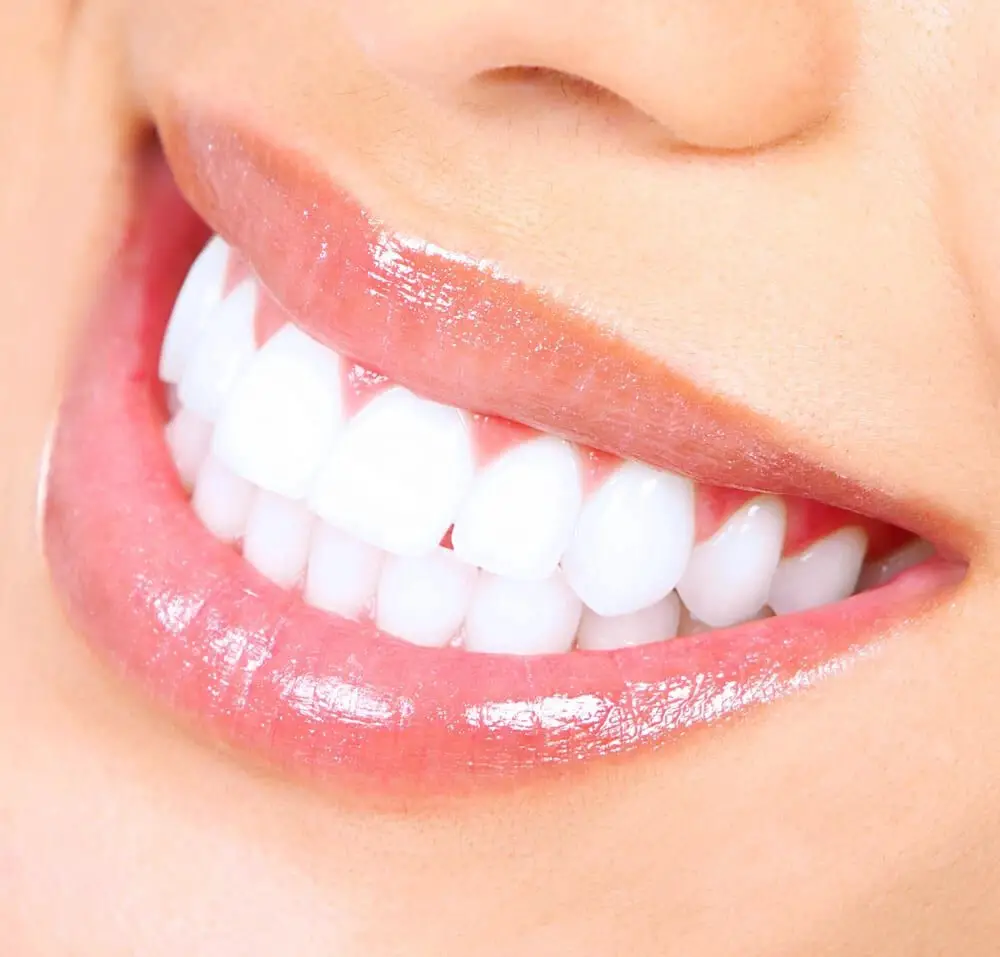
Baking soda, also known as sodium bicarbonate, is a versatile ingredient that can be found in most kitchens. Not only is it used in cooking and baking, but it is also a popular ingredient in many oral hygiene products. Baking soda has natural whitening properties that help to remove stains from teeth, and it is also effective in neutralizing odors that can cause bad breath. To use baking soda as a toothpaste alternative, simply mix a small amount with water to create a paste and brush your teeth as you normally would. You can also add a few drops of peppermint oil for a refreshing taste. While baking soda is generally considered safe for oral use, it is important to use it in moderation. Overuse can lead to tooth enamel erosion and sensitivity. It is also important to note that baking soda should not replace regular brushing and flossing, but rather be used as a supplement to your oral hygiene routine. If you have any concerns about using baking soda or any other oral hygiene alternative, it is best to consult with your dentist. Overall, baking soda is a natural and effective way to maintain good oral hygiene, but it should be used with caution and in conjunction with other oral care practices.
Baking soda, also known as sodium bicarbonate, is a versatile substance that has been used for centuries as a natural cleaning agent. Baking soda can also be used as a toothpaste substitute due to its ability to neutralize acids in the mouth and gently polish teeth, removing stains and discoloration. Simply mix a small amount of baking soda with water to create a paste and brush your teeth as you would with traditional toothpaste. However, it’s important to note that baking soda should not be used as a long-term replacement for toothpaste, as it lacks fluoride, which is essential for preventing tooth decay.
Baking soda is a versatile household item that can also work as an effective alternative to toothpaste. It neutralizes acids in the mouth, which can prevent the growth of harmful bacteria that contribute to bad breath and tooth decay. Additionally, baking soda can help remove surface stains from teeth, resulting in a brighter and whiter smile. Its abrasive properties also make it a great option for removing plaque buildup and promoting healthy gums. Incorporating baking soda into your oral hygiene routine can be a cost-effective and natural way to maintain a healthy mouth. However, it’s important to use it in moderation and consult with a dentist if you have any concerns.
Baking soda is a versatile ingredient that can be used for various purposes, including brushing teeth. To use baking soda for brushing teeth, first, wet your toothbrush with water. Then, dip the bristles of the toothbrush into baking soda powder and brush your teeth as usual. Be sure to brush gently and thoroughly to remove any plaque and bacteria from your teeth and gums. After brushing, rinse your mouth with water to remove any residual baking soda. Baking soda can help whiten teeth and freshen breath, but it should not be used too frequently as it can be abrasive and damage tooth enamel.
Tongue Scraping
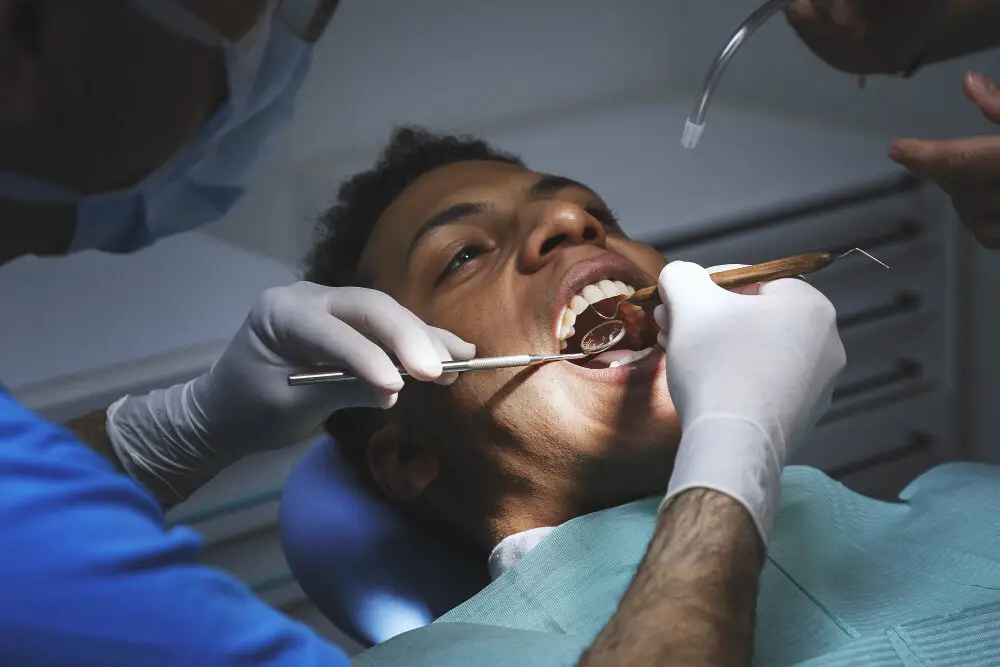
Tongue scraping is an ancient Ayurvedic practice that involves using a U-shaped tool to scrape the tongue gently. This technique is beneficial for removing the buildup of bacteria, dead cells, and food particles from the tongue. Tongue scraping can help improve your oral hygiene, reduce bad breath, and enhance your sense of taste. It is a simple and effective technique that can be done in the morning, after brushing your teeth, or any time throughout the day. When you scrape your tongue, you remove the coating that accumulates on the surface of your tongue. This coating is known as a biofilm and is made up of various microorganisms that can cause bad breath and other oral health problems. By removing this coating, you can reduce the number of bacteria in your mouth and improve your overall oral health. Additionally, tongue scraping can help improve your digestion, as it stimulates the production of digestive enzymes. Overall, tongue scraping is an easy and effective way to improve your oral hygiene and promote overall health and well-being.
Tongue scraping is a simple yet effective oral hygiene practice that involves removing the layer of bacteria, food particles, and dead cells that accumulate on the surface of the tongue. The process involves using a specially designed tool, such as a metal or plastic scraper, to gently scrape the tongue from back to front. This helps to eliminate bad breath, improve taste sensation, and prevent the buildup of harmful bacteria in the mouth. To perform tongue scraping, first, clean the scraper with warm water and soap, then stick out your tongue and place the scraper at the back of your tongue. Gently pull the scraper forward while applying light pressure, and repeat the process several times until the tongue feels clean. It’s recommended to practice tongue scraping daily as part of your oral hygiene routine.
Tongue scraping is a simple and effective way to maintain good oral hygiene. By gently scraping the tongue’s surface with a specialized tool, you can remove bacteria and debris that can cause bad breath and other oral health issues. Regular tongue scraping can also help improve the sense of taste and prevent the buildup of plaque on the teeth. Additionally, tongue scraping can be a useful tool for individuals who suffer from dry mouth or other oral health conditions, as it helps stimulate saliva production and reduce the risk of infection. Overall, incorporating tongue scraping into your daily oral hygiene routine can lead to a healthier mouth and fresher breath.
Tongue scraping is an effective way to remove bacteria, food particles, and dead cells from the surface of your tongue. To perform tongue scraping, you will need a tongue scraper, which can be purchased at most drugstores or online. Begin by sticking out your tongue and placing the scraper at the back of your tongue. Gently pull the scraper forward, applying slight pressure to remove any buildup. Rinse the scraper under running water after each pass, and repeat until you have covered the entire surface of your tongue. Finish by rinsing your mouth with water or mouthwash to remove any remaining debris. Tongue scraping can be done once or twice a day to improve your overall oral hygiene and freshen your breath.
Flossing

Flossing is an essential part of maintaining oral hygiene, as it removes plaque and food particles from between the teeth and gums. However, there are times when you may not have access to floss or prefer not to use it. In such cases, there are alternative methods to achieve similar results. For instance, you can use a toothpick or a small stick to remove debris from between teeth. Similarly, you can use a water flosser, which uses a stream of water to clean between the teeth and gums. If you are traveling and do not have access to these alternatives, you can also rinse your mouth with water after eating to remove food particles and prevent plaque buildup. While flossing is an effective way to clean between the teeth and gums, it is not suitable for everyone. People with braces or sensitive gums may find it uncomfortable or painful to use floss. In such cases, using a soft-bristled toothbrush or an interdental brush can be an effective alternative. An interdental brush is a small brush that can be used to clean between the teeth and gums, and it is especially useful for people with braces or dental implants. Additionally, using an antibacterial mouthwash can help kill bacteria and prevent plaque buildup, which can reduce the risk of gum disease and tooth decay. Incorporating these alternative methods into your oral hygiene routine can help keep your teeth and gums healthy and clean.
Flossing can be a surprisingly effective substitute for brushing your teeth, particularly if you’re caught without a toothbrush. Flossing is a great way to remove debris and plaque from between your teeth and along the gum line, both of which are areas that toothbrushes can struggle to reach. By using floss in a gentle sawing motion, you can effectively clean these areas and maintain good oral hygiene. Flossing can also help to freshen your breath by removing food particles and bacteria that can cause odours. While flossing may not be a complete substitute for brushing, it can be a useful option when you need to clean your teeth in a pinch.
Flossing is an essential part of oral hygiene that should not be overlooked. It is a simple yet effective technique that removes food particles and plaque from between teeth and below the gumline, where toothbrush bristles cannot reach. Flossing helps to prevent tooth decay, gum disease, and bad breath. In fact, studies have shown that regular flossing can reduce the risk of developing gum disease by up to 50%. Flossing also promotes healthy gums by stimulating blood flow and removing harmful bacteria that can cause inflammation. By incorporating flossing into your daily oral care routine, you can maintain good oral health and prevent costly and painful dental problems down the road.
Flossing is a crucial component of a good oral hygiene routine. To floss properly, start by taking a piece of floss about 18 inches long and wrap it around your middle fingers, leaving about two inches of floss in between. Hold the floss tightly between your thumbs and forefingers and gently guide it between your teeth using a back-and-forth motion. Curve the floss around the base of each tooth, making sure to go beneath the gumline. Use a clean section of floss for each tooth and be gentle to avoid injuring your gums. Flossing once a day can help remove plaque and food particles from areas that your toothbrush can’t reach, leading to healthier teeth and gums.
Chewing SugarFree Gum
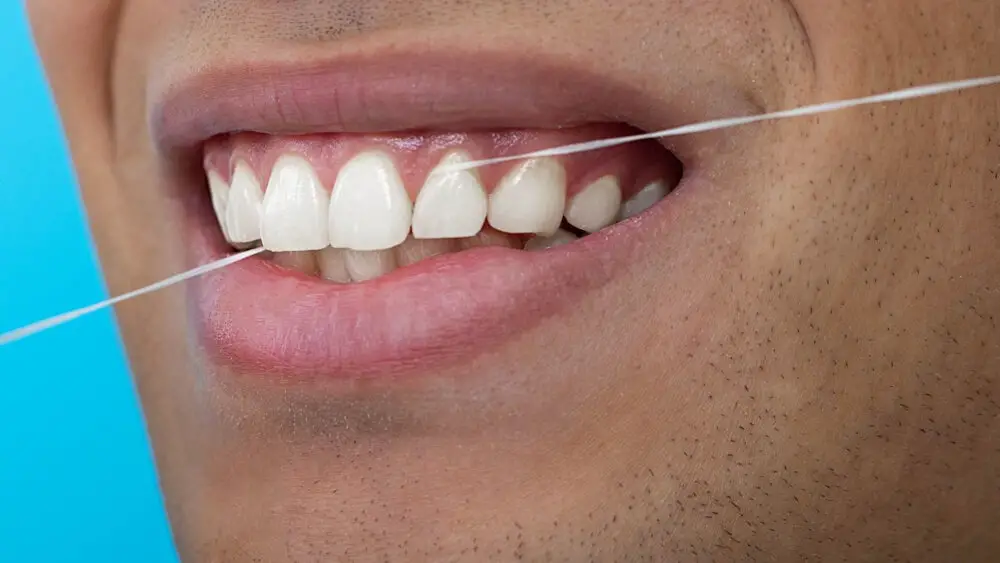
Chewing sugar-free gum is a surprisingly effective alternative for maintaining oral hygiene when a toothbrush is not available. Sugar-free gum contains xylitol, a natural sweetener that has been proven to prevent tooth decay. Additionally, chewing gum increases saliva production, which helps to wash away food particles and bacteria that can cause bad breath and cavities. The act of chewing also helps to stimulate the production of saliva, which can help to neutralize acids in the mouth that can lead to tooth decay. Chewing gum is an easy and convenient way to help keep your mouth clean and healthy when you don’t have access to a toothbrush. However, it’s important to note that not all chewing gum is created equal. Be sure to choose sugar-free gum that contains xylitol, as this has been shown to be the most effective at preventing tooth decay. Additionally, be sure to read the label carefully to ensure that the gum is not loaded with artificial sweeteners, which can be harmful to your health. Chewing gum is not a substitute for brushing and flossing, but it can be a helpful alternative for maintaining good oral hygiene when you’re on-the-go.
Sugarfree gum can be a great aid in maintaining good oral hygiene because it stimulates saliva production which helps to wash away food particles and bacteria in the mouth. The act of chewing also increases blood flow to the gums which can help to keep them healthy. Additionally, some sugarfree gums contain xylitol, a natural sweetener that has been shown to reduce the amount of harmful bacteria in the mouth, therefore reducing the risk of tooth decay and gum disease. However, it’s important to note that sugarfree gum should not be used as a substitute for brushing and flossing, but can be a useful addition to a daily oral hygiene routine.
Chewing sugar-free gum is an excellent way to promote oral hygiene for those who may not have access to a toothbrush at the moment. Sugar-free gum can help remove food particles and debris from teeth and gums by increasing saliva flow, which neutralizes harmful acids and bacteria in the mouth. Additionally, many sugar-free gums contain xylitol, a natural sweetener that has been shown to prevent tooth decay by reducing the amount of harmful bacteria in the mouth. Chewing gum can also help freshen breath and may even reduce the risk of developing cavities. So, next time you’re caught without a toothbrush, pop a piece of sugar-free gum in your mouth to keep your teeth and gums healthy and clean!
When it comes to choosing the right sugar-free gum for oral hygiene, there are a few factors to consider. Firstly, it’s important to look for a gum that contains xylitol, a natural sweetener that has been shown to reduce the amount of bacteria that cause cavities. Secondly, opt for a gum that is approved by the American Dental Association (ADA) as it will have been rigorously tested for safety and efficacy. Finally, choose a gum that is free from artificial flavors and colors, as well as any other potentially harmful ingredients, such as aspartame. By following these guidelines, you can ensure that you are choosing a gum that not only freshens your breath but also helps to maintain good oral hygiene.
In the article \5 Surprising Oral Hygiene Alternatives: How to Brush Your Teeth Without a Toothbrush,\ several unique alternatives to traditional toothbrushes were discussed. First, using a mixture of baking soda and water to brush teeth is an effective way to remove plaque and freshen breath. Second, eating crunchy fruits and vegetables, such as apples and carrots, can naturally clean teeth and stimulate saliva production. Third, using a tongue scraper can remove bacteria buildup on the tongue and improve overall oral health. Fourth, chewing sugar-free gum containing xylitol can prevent tooth decay by reducing the amount of harmful bacteria in the mouth. Finally, oil pulling with coconut oil can whiten teeth and remove toxins from the mouth. These surprising oral hygiene alternatives can be useful for those who do not have access to a toothbrush or for those who are looking for alternative methods to maintain good oral health.
Maintaining good oral hygiene is essential to prevent tooth decay, gum disease, and bad breath. While a toothbrush is the most common tool used for cleaning teeth, there are alternatives that can be just as effective. In situations where a toothbrush is not available, it is still important to maintain good oral hygiene. Rinsing the mouth with water after meals, using dental floss or interdental brushes to remove food particles, and chewing sugar-free gum with xylitol are all effective ways to keep teeth clean and healthy. Additionally, maintaining a balanced and healthy diet can also contribute to good oral hygiene. While a toothbrush is an important tool, it is not the only tool available for maintaining good oral hygiene.
Conclusion
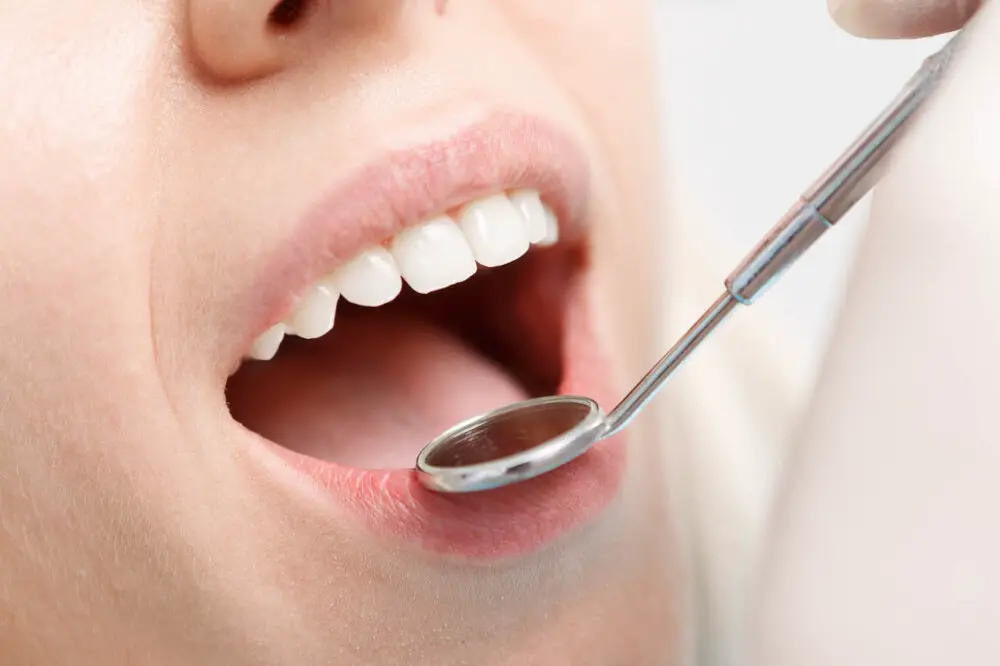
In conclusion, maintaining oral hygiene is crucial for a healthy and happy life. While traditional methods such as toothbrushes and toothpaste are effective, there are surprising alternatives that can also help clean your teeth and freshen your breath. From using baking soda and salt to oil pulling and chewing gum, these alternatives offer a natural and affordable way to keep your teeth clean and healthy. However, it’s important to note that these alternatives should not replace regular brushing and flossing, but rather be used in conjunction with them. By incorporating these alternatives into your oral hygiene routine, you can achieve a brighter and healthier smile without breaking the bank.

